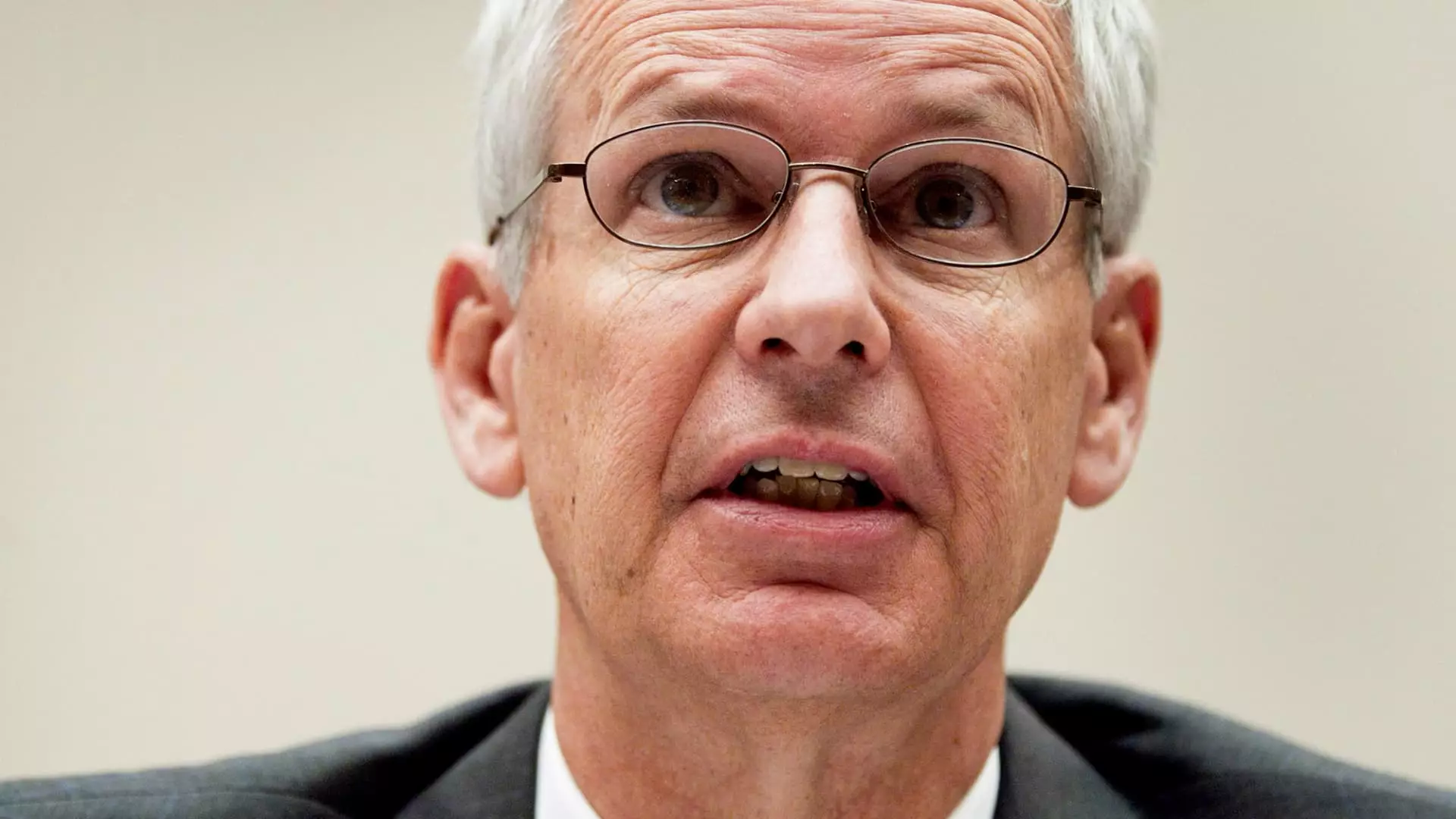The story of Dish Network mirrors the famous television show “Seinfeld” in a number of ways, not least in how it ended: with a whimper rather than a bang. Initially embraced for its innovative approach to television, the company faced insurmountable challenges. Just as “Seinfeld” was once a cultural touchstone but concluded in a finale that failed to meet audience expectations, Dish’s own trajectory has culminated in a disappointing strategic resolution. The parallels are uncanny, revealing a cautionary tale about adaptability and foresight in an ever-evolving industry.
Founded by Charlie Ergen, Dish Network aimed to revolutionize how viewers consumed television. By 2011, Ergen evoked the complexity of “Seinfeld” during discussions about the company’s prospects, suggesting that although the plot lines were tangled, clarity would emerge over time. Unfortunately, the hoped-for convergence never materialized, as evidenced by a recent and staggering decision: EchoStar, Dish’s parent company, agreed to offload the pay-TV provider to DirecTV for merely $1, while assuming a staggering $9.75 billion in debt. Such drastic measures signal a company that has long lost its competitive edge.
The broader context sheds light on why Dish Network finds itself in dire straits. The modern landscape for content distribution has changed dramatically, with a swift transition to streaming services and broadband providers eroding the customer base for traditional satellite television. Combined losses of video subscribers for Dish and DirecTV have reached a shocking 63% since 2016, making it evident that the paradigm has shifted significantly. In a candid interview, EchoStar CEO Hamid Akhavan noted that the industry is “on the decline,” bringing clarity to an otherwise convoluted narrative.
Dish’s investment strategies, such as the acquisition of Boost Mobile and participation in spectrum auctions, were meant to pivot the company towards wireless services as a new growth avenue. However, the execution faltered due to a lack of partnerships and financial backing. Akhavan candidly stated that the dual focus on both pay-TV and wireless capabilities became a “management distraction.” In hindsight, this indecision and inability to specialize diluted their effectiveness in both arenas, leading to a significant failure to capitalize on market trends.
While DirecTV merged with AT&T in 2015, securing a lucrative pathway for growth, Dish chose to remain independent. Initially valuated at over $28 billion, the company has seen its worth erode significantly as the demand for satellite services waned. The consequences of this choice have been stark, as their market capitalization has plummeted alongside subscriber losses. Furthermore, the impending $2 billion debt due highlighted the financial strain, leading EchoStar to seek any exit strategy, albeit at a nominal financial cost.
Lessons from the Finale
As Dish Network fades into the annals of media history, it serves as a poignant reminder of the importance of adaptability. Just like the disappointing finale of “Seinfeld,” which left many fans unsatisfied, Dish’s culmination raises questions about strategy, foresight, and the ability to anticipate market trends. With a customer base increasingly drawn towards affordable, adaptable streaming solutions, the company failed to pivot effectively. The once trailblazing satirist of television has become an example of what happens when a business rests on its laurels rather than innovating in accordance with consumer demand.
Dish Network’s story does not merely signal the end of one company’s ambitions; it highlights the necessity for vigilance and adaptability in an industry marked by rapid changes and fierce competition. Just as “Seinfeld” laid the groundwork for modern sitcoms yet faltered at the finish line, Dish’s fragmented strategy culminated in its own disappointing closure. Moving forward, industry players can extract vital lessons from this narrative, ensuring that they remain responsive, innovative, and attuned to the shifting tides in consumer preferences.

Leave a Reply